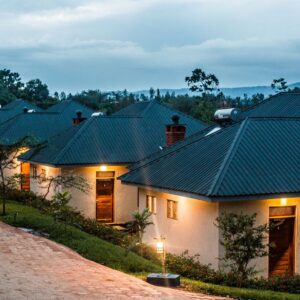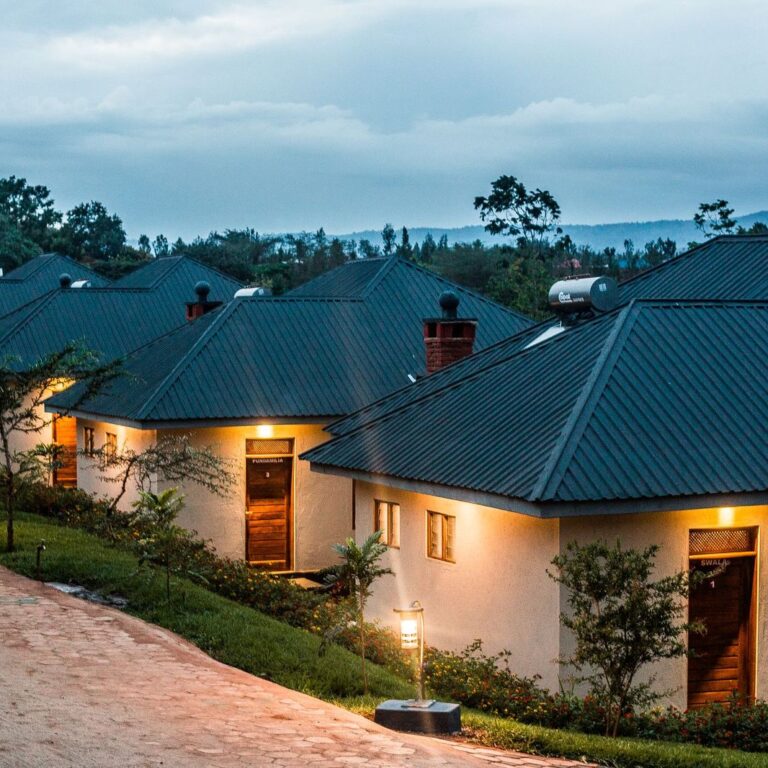Is Climbing Kilimanjaro Dangerous? A Comprehensive Guide.
Are you wondering, “Is Climbing Kilimanjaro Dangerous?” This comprehensive guide will provide you with expert insights and firsthand knowledge about the risks and safety measures associated with climbing Mount Kilimanjaro.
Climbing Kilimanjaro, the highest peak in Africa, is a dream adventure for many. However, the question often arises, “Is Climbing Kilimanjaro Dangerous?” In this guide, we will explore the challenges, risks, and safety measures associated with this incredible journey. Whether you’re a novice adventurer or an experienced mountaineer, this article will provide you with the information you need to make an informed decision.
Is Climbing Kilimanjaro Dangerous?
Before embarking on your Kilimanjaro expedition, it’s essential to address the question head-on. While climbing any mountain involves inherent risks, Kilimanjaro is often considered one of the safer high-altitude climbs. Here’s why:
- Gradual Ascent: Kilimanjaro’s unique topography allows for a gradual ascent, increasing your chances of acclimatization and reducing the risk of altitude sickness.
- Guided Tours: Most climbers opt for guided tours, where experienced guides and porters ensure your safety and well-being throughout the journey.
- High Success Rate: With a success rate of over 85%, Kilimanjaro offers a relatively safe climbing experience.
The Kilimanjaro Experience
Climbing Kilimanjaro is a life-changing experience. Here are some of the aspects that make it a memorable adventure:
- Stunning Scenery: Kilimanjaro boasts breathtaking landscapes, from lush rainforests to snow-capped peaks.
- Cultural Richness: Interact with local communities and experience Tanzanian culture.
- Personal Achievement: Summiting Kilimanjaro is a remarkable personal accomplishment.
Safety Measures
While Kilimanjaro is considered safe, it’s vital to prioritize safety throughout your journey. Here are some safety measures to consider:
- Choose a Reputable Tour Operator: Research and select a trustworthy tour operator with experienced guides.
- Acclimatize: Follow the climb’s itinerary, allowing your body to acclimatize to the altitude.
- Stay Hydrated and Nourished: Proper hydration and nutrition are essential for a safe climb.
- Gear and Clothing: Invest in quality gear and clothing suitable for various climatic conditions.
- Listen to Your Body: If you experience altitude sickness symptoms, communicate with your guides, who will take necessary action.
FAQs Is Climbing Kilimanjaro Really Dangerous?
Mount Kilimanjaro’s summit stands 19,340 feet above sea level, which puts it in the extremely high altitude category and never under estimate the mountain
- High altitude: 8,000 to 12,000 feet above sea level.
- Very high altitude: 12,000 to 18,000 feet.
- Extremely high altitude: 18,000+ feet.
The main causes of death on Kilimanjaro are:
- High Altitude Illness (HAI) or Acute Mountain Sickness (AMS)
- High Altitude Pulmonary Edema (HAPE)
- High Altitude Cerebral Edema (HACE)
- Heart attacks
- Rock falls
High Altitude Illness, also known as Acute Mountain Sickness or altitude sickness, is caused by the failure of the body to adapt quickly enough to the reduced oxygen. It is very common for climbers to have some degree of altitude sickness during their trek. The main cause of altitude sickness is going too high too quickly.
Altitude sickness may be mild, moderate or severe. Climbers with mild symptoms of altitude sickness, such as headache, dizziness or shortness of breath, may continue on the trip as long as their symptoms do not worsen.
What is the best time to climb Kilimanjaro?
The best times to climb Kilimanjaro are during the dry seasons, which are January-March and June-October. These periods offer more stable weather conditions and better climbing experiences.
How cold does it get on Kilimanjaro?
Temperatures can drop significantly at higher altitudes, with sub-zero temperatures at the summit. Proper clothing and gear are essential to combat the cold.
Is Kilimanjaro eco-friendly?
Yes, efforts are made to protect the mountain’s environment. Regulations ensure climbers take all waste with them, and eco-friendly practices are encouraged.
What are the dangers of climbing Mount Kilimanjaro?
Apart from Acute mountain sickness, other dangers climbers are warned against while climbing Kilimanjaro are:
- Hypothermia (loss of heat due to cold)
- Slipping and falling off rocks.
- Getting hit by avalanches.
- Falling off cliffs.
- Heart attacks.
- Diarrhoea.
- Cold and respiratory infections.
- Twisting your ankles.
Is climbing Kilimanjaro Safe
Yes, climbing mount Kilimanjaro is safe as long as you follow the procedure your given by guide and tour operators. We impose the safety measure to insure you have a successful reach to the top of mount Kilimanjaro and your dream come true.
- Our guides are highly experienced in preventing, detecting, and treating altitude sickness because they handle over 1,000 climbers per year.
- Health checks are conducted twice per day using a pulse oximeter to monitor your oxygen saturation and pulse rate.
- We administer the Lake Louise Scoring System (LLSS) to help determine whether you have symptoms of altitude sickness and their severity.
- Our guides are certified Wilderness First Responders (WFR). They have the tools to make critical medical and evacuation decisions on location.
- We carry bottled oxygen on all climbs and can administer it to quickly treat climbers with moderate and serious altitude sickness.
- On northern routes, our staff carries a portable stretcher to evacuate climbers who need to descend but are unable to walk on their own. (Wheeled stretchers provided by the park are available on other routes.)
- Our guides can initiate helicopter evacuation through Kilimanjaro MedAir, a helicopter rescue operation.
- Our staff carries a first aid kit to treat minor scrapes, cuts and blisters.
What Physical Changes You Will Observe While Climbing Kilimanjaro?
What happens to your body when you climb Kilimanjaro? Your body will project all power and oxygen to the organ where it is needed the most while Climbing Mount Kilimanjaro, i.e., your brain, lungs, and heart. But that means you may experience headaches as a result of this higher altitude or the rapid rush of blood to the head
Is Climbing Kilimanjaro Really Dangerous?
Climbing Kilimanjaro carries risks but is manageable with proper preparation. The main dangers include altitude sickness, severe weather, and physical exhaustion. However, with adequate acclimatization, proper gear, and experienced guides, these risks can be significantly reduced. Many climbers safely reach the summit each year by following safety protocols and respecting their limits.
Some 30,000 people climb Kilimanjaro every year, and the reported number of tourists deaths is about 10 fatalities per year. That is a only 0.03% chance of death; it’s practically zero. Put another way, there is only one death per 3,333 climbers.
Why Do People Die On Kilimanjaro?
People die on Kilimanjaro mainly due to altitude sickness, severe weather conditions, and falls. The rapid ascent increases the risk of acute mountain sickness, while unpredictable weather can lead to hypothermia. Inadequate preparation, insufficient gear, and underlying health issues also contribute to fatalities. Climbing with experienced guides and proper acclimatization can mitigate these risks.
Are There Dead Bodies on Mount Kilimanjaro?
While rare, there have been fatalities on Mount Kilimanjaro due to altitude sickness, falls, or extreme weather. However, bodies are usually recovered and not left on the mountain. Climbing with experienced guides, proper preparation, and acclimatization can significantly reduce risks.
How Can You Decrease the Dangers of Climbing Kilimanjaro?
Decrease the dangers of climbing Kilimanjaro by acclimatizing properly, choosing a longer route, and ascending slowly. Stay hydrated, eat well, and pack appropriate gear for varying weather. Train physically before your climb, and consider climbing with a reputable guide. Regularly monitor for altitude sickness and follow safety protocols.
Conclusion Is Climbing Kilimanjaro Dangerous?
“Is Climbing Kilimanjaro Dangerous?” is a valid question for anyone considering this adventure. While there are risks associated with any mountain climb, Kilimanjaro’s unique characteristics and guided tours make it a safer option for adventurers. By following safety measures and being well-prepared, you can enjoy a memorable journey to the ‘Roof of Africa.






